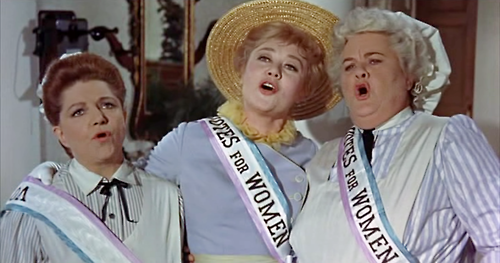I’m not chicken, and apparently most people on social media aren’t either when it comes to the favorite chicken sandwich. At the heart of the debate are Popeyes® Chicken and Chick-Fil-A®. The arguments produced by their devotees is today’s #CurrentEventFriday.


As fans of both chicken franchises produced memes and made their predilections go viral, the social media accounts of both companies helped perpetuate the feud. King of fast food trolling on Twitter, Wendy’s decide to poke the combatants. Thanks to this triple threat match, Barstool Sports conducted a blind tasting with Chick-Fil-A coming out on top with Popeyes as the runner-up, and Wendys being an also ran.
The debate of course focused on Chick-Fil-A and their supposed supernatural powers with chicken thanks to their commitment to Christian teaching and promoting Christian efforts. Popeyes hit back that they run out of chicken sandwiches more than Chick-Fil-A since Chick-Fil-A is closed on Sundays. Since Popeyes is open on the day of Sabbath, they can sell more sandwiches and likely sell out.
Both chicken franchises are not equally comparable in my mind. I enjoy Chick-Fil-A for their sandwiches’ simple and clean taste. Popeyes includes more spice and crispiness which offers a change from the usual taste. With Wendy’s involved in the debate, their Spicy Chicken sandwich is admittedly too spicy for my liking, but their crispy chicken sandwich is a quick snackable chicken sandwich. For a fancier offering, their Asiago Ranch provides an alternative to the usual lettuce, mayonnaise, and tomato offering from every other fast food restaurant.
Lost in all this debate, is KFC’s pronouncement that they are going to begin a limited offering of Beyond® meat at their stores. As Burger King promised the Meatless Whopper a few months ago, Kentucky Fried Chicken will offer meatless chicken.

Somewhat unfairly in this national debate, certain regional franchises are overlooked. Luckily, I live close enough to Lees Famous Chicken® that I can eat their chicken on a semi-regular basis. Besides their regular and spicy strips that are comparable to other fast food chicken joints, Lees also has chicken gizzards that are worth trying especially when paired with hot sauce. Some fans also enjoy their livers as well, but I’ve never learned to like any kind of liver. Also missing from the national discussion is Bojangles®, another Southern regional chicken joint. Bojangles promotes their biscuits, and many of the other aforementioned chicken restaurants, save for Chick-Fil-A also include biscuits as part of their chicken meals. Since Chick-Fil-A promotes a healthier and more upscale approach, the biscuit does seem out of place, but if they offered one as part of their meals, I’m sure they would earn even more fans.
No matter your choice, the correct answer for least favorite chicken sandwich is Burger King. The flame-grilled burger restaurant was roundly criticized by those weighing in the debate. Thanks to a non-standard shape and size, Burger King doesn’t do itself any favors. It also doesn’t include toppings other than mayonnaise which negates any crispiness and lets the chicken become a pasty bland mess on bun. Sorry Burger King, you’ve got Whoppers and that makes up for your lacking in the chicken department.
Many of the memes created by the Great Chicken Sandwich Debate of 2019 have focused on the perceived value of Chick-Fil-A and Popeyes. I shared a few of these on Facebook, only because they were humorous not because I had a dog in the fight. Both offer chicken that I enjoy depending on my mood at the time.
What’s your favorite fast-food Chicken Sandwich?











